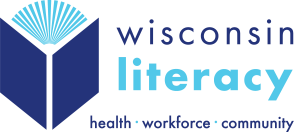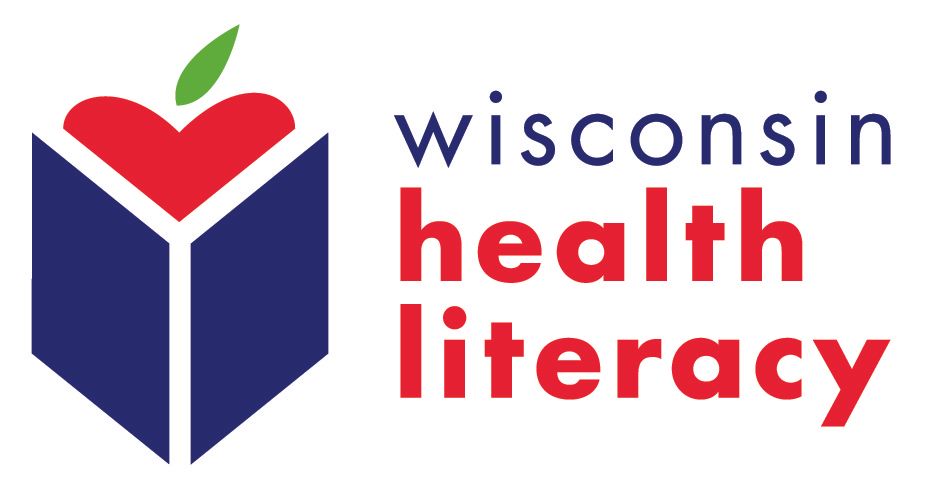Setting Learner Goals
Goals:
- give your learner a sense of direction and satisfaction
- guide lesson planning
- help you accurately report your agency’s work
Help learners set long-term and short-term goals.
Long- term goals are larger-scale goals that may take years to achieve. For example, a learner who reads at a third grade reading level may have a long-term goal of obtaining a GED.
Short-term goals can be accomplished in smaller increments. They help learners see continual progress and stay motivated. A short-term goal for the learner above might be to finish a specific pre-GED workbook by the end of the semester.
Follow the SMART acronym when you help learners set goals:
S–Specific
M–Measurable
A–Achievable
R–Realistic
T–Timely
Help your learners define specific goals. Narrow down broad goals like “learn to speak English better” by asking follow up questions:
- Where do you speak English now? With whom?
- What is most difficult to say or understand?
- What do you need to say that you can’t say now?
With an Adult Basic Education learner who wants to “learn to read,” you might ask:
- What do you want to read?
- Do you need to read at work?
- Do you want to read to a child?
- What can’t you do because you can’t read well?
- What do you read now?
Resource:
Personal Education Plan (PEP) Template 1
Personal Education Plan (PEP) Template 2
Continually track progress toward goals, to make sure learners feel a sense of satisfaction and stay motivated. Keep individual learner profiles, to collect capstone projects, end of semester surveys, writing samples and assessment scores.
Transition to Success and Map of My Dreams Overview (webinar)
Learn about Map of My Dreams, a tool your learner may be using with their W2 agency.

